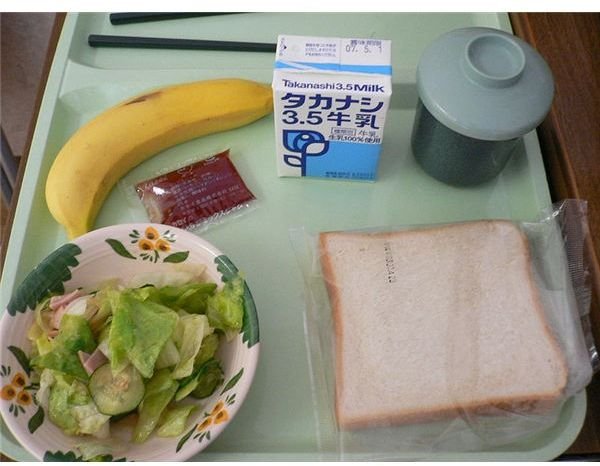Pica Treatment and Medication - A Look at the Most Effective Treatments
Pica Treatment Options
There are several pica treatment and medication choices to help health care professionals develop a treatment plan that works best
for each specific patient. To help control a pica disorder, the advice of psychologists, physicians and social workers must be taken into account for the benefit of the patient. Contributory factors, such as pica symptoms, are also accounted for when creating a treatment plan. This is to avoid any possible complications that could arise due to therapy or prescribed medications.
Medical Consultations
Psychologist and/or Psychiatrist Consultations. Before a concise treatment plan can be developed, a careful analysis of the pica behavior must be evaluated. Behavioral strategies have been shown to be extremely effective in treating many forms of pica. These behavioral strategies include:
- Discrimination training
- Mouth self-protection devices
- Reinforcement behaviors
- Screening techniques (ex. covering eyes)
- Aversive oral taste (mint, lemon, etc.)
- Aversive smell sensation
- Aversive physical sensation (ex. mist of water)
- Overcorrection (ex. alternative response)
- Brief physical restraint
Social Worker Consolations. A social worker may come into play when dealing with young children and toddlers. This is because specific forms of pica may be caused by a lack of sensory or environmental stimulation. Assessment of the child’s home environment, such as cultural beliefs and traditions may be analyzed to determine if these are affecting the pica disorder. Removal of toxic substances in the home, including lead-based paints, is also an essential step in the treatment of pica.
Diet and Dental Consolations. When dealing with a pica disorder, it’s important to pay attention to oral health. Frequent visits to a dentist are recommended due to the detrimental effects of pica. These effects can begin to occur at a young age. Diet also plays a large part in pica, and may be an underlying cause. This is because nutritional deficiencies are linked with the various causes of pica.
Management Medications
Pharmacologic treatments for pica are successful for many patients. The drugs are used to enhance dopaminergic functioning and can act as a refractory to forms of behavioral intervention. Comorbid pica has been shown to be relatively simple to control with certain management medications. Although there are no standard treatments for pica disorder, case studies have shown that some drugs are ideal based on effectiveness.
Atypical anti-psychotic drugs, such as olanzapine, clozapine, and risperidone have shown to be successful in the treatment of pica.
Olanzapine: Olanzapine is a drug typically used to treat the symptoms of various mental illnesses that cause a loss of interest in life, unusual thinking, or inappropriate emotions, such as schizophrenia and bipolar disorder. Olanzapine works by changing the activity of certain substances in the brain.
Clozapine: Clozapine is yet another drug used to treat the symptoms of mental illness by transforming natural substance activities in the brain. This drug, as well as Olanzapine, belongs to a class of atypical antipsychotics that are sometimes used in pica patients to help change the way they see certain materials and reduce their bad eating habits.
Risperidone: Risperidone is used to treat the symptoms associated with manic states and bipolar disease. It is also prescribed to children with autism to help sooth irritability problems. Risperidone can be used to treat the symptoms of pica disorder, as well as some of the underlying causes, including depression and psychotic factors.
In some cases, the use of these isolated drugs can cause the pica disorder to diminish. Once this occurs, the medication can be stopped. Some patients require a three to nine month drug therapy while others may only need a short duration of time, depending on the severity of their pica.
Treatment a Pica Disorder
The best pica treatment and medication practices include both behavioral therapies and various forms of medication to help control the symptoms associated with pica eating disorder. Pica is a serious condition that can lead to a number of health concerns if not diagnosed at an early age. In many cases, pica can generally be controlled through a personal treatment plan developed by health professionals.
Resources
Text Sources:
Image Source:
